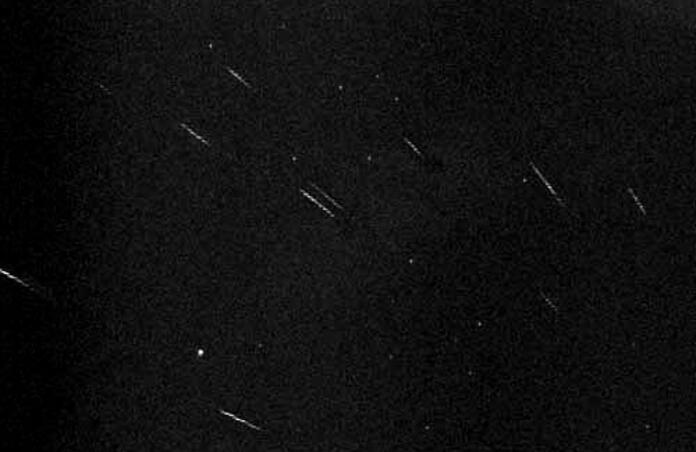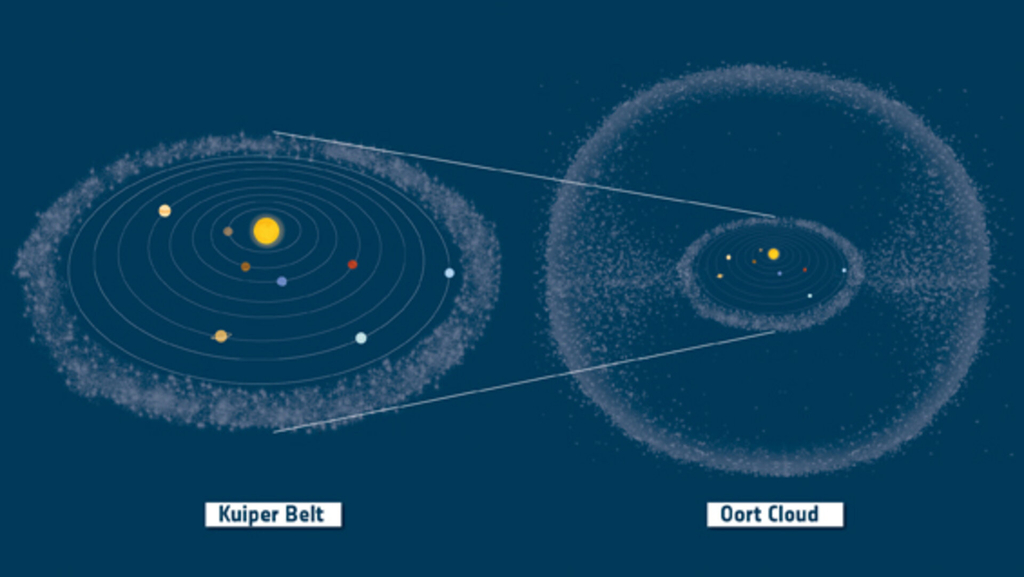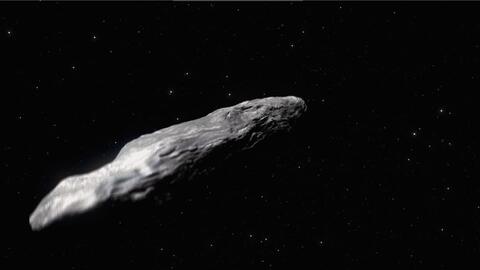Meteor Showers from Rare 4000-Year-old Comets

A new study establishes the link between rare, long-period comets coming from the outskirts of the Solar System and observable meteor showers.
Most comets originate from the Kuiper Belt, a region just beyond the orbit of Neptune, comparable to the asteroid belt in that its objects are remnants from the time when the Solar System formed about 4.5 billion years ago. The main difference though, is that the Kuiper belt contains icy bodies rather than rocky asteroids, as well as dwarf planets like Pluto, Haumea or Makemake. Long-period comets are thought to come from a more distant place, the Oort cloud, a theoretical region located 0.03 to 3.2 light-years away from the Sun that could contain many more icy bodies, at the same time defining the extent of the Sun’s gravitational attraction. The outermost objects are very loosely bound, so that they can easily be dislodged by events like the Solar System passing a bit closer than usual to a nearby star, or even the gravitational forces within the Milky Way. Hence the observed motion of objects like long-period comets, possibly even of "centaurs" trapped by the giant gas planets, could be explained by them having their origin in the Oort Cloud. Of course, the distance they travel comes at the price of rarer Earth-fly-bys, as their orbital periods are comprised between 250 and 4000 years.

Thanks to the Cameras for Allsky Meteor Surveillance (CAMS), a worldwide array of over 500 cameras which survey meteors and meteor showers, the number of detected long-period comets has increased from 5 to 14. The CAMS mission is part of the Search for Extraterrestrial Intelligence (SETI) Institute, which as the name indicates regroups astronomers and astrobiologists to understand whether conditions for life could be met elsewhere in the Universe. You might wonder what this has to do with comets – as mentioned earlier, asteroids and comets are leftovers from the Early Solar System, thus they can reveal information about planetary formation. Since the passing of ʻOumuamua and Borisov in 2017 and 2019 respectively, we’ve had a glimpse at comets that formed around another stellar system.

Artist's illustration of 'Oumuamua
From the CAMS observation of shooting stars, astronomers get new clues about the most distant objects in our Solar System, which shed light on the formation of planets, consequently helping to advance the search for activity, from astrophysical processes to potential biological ones, in other star systems.
Cover Image: Alpha Monocerotid outburst, CAMS/EXOSS network/M. De Cicco
Image Credits:
1 - Kuiper Belt and Oort Cloud, ESA
2 - Meteor Shower Portal, NASA/SETI/P. Jenniskens
3 - Oumuamua, ESO
